Part 5 of a series documenting the conservation of silver artefacts for Scotland’s Early Silver exhibition.
One of the most exciting times when working on temporary exhibitions is during installation. This is the time when everything comes together.
It is hard to describe the mixture of feelings of anxiety, relief, satisfaction and pride when you see the final result materialising in front of your eyes and the feeling of appreciation for each other’s work.
This exhibition took a huge amount of organisation, preparation and hard work from people across the different museum departments and external contractors, who worked together as one well-coordinated machine to make it all happen.
None of this would’ve been possible if it wasn’t for our brilliant curators and assistant curators, designers, mount-maker and invaluable exhibition officer who worked countless hours, even after the lights in the gallery were off, to bring this project to completion…
Pressed by insanely short deadlines, the team was ‘trolley desking’ on multiple workstations around the gallery and going through hundreds of silver objects each day to make sure all of them were checked, counted, mounted and securely displayed.
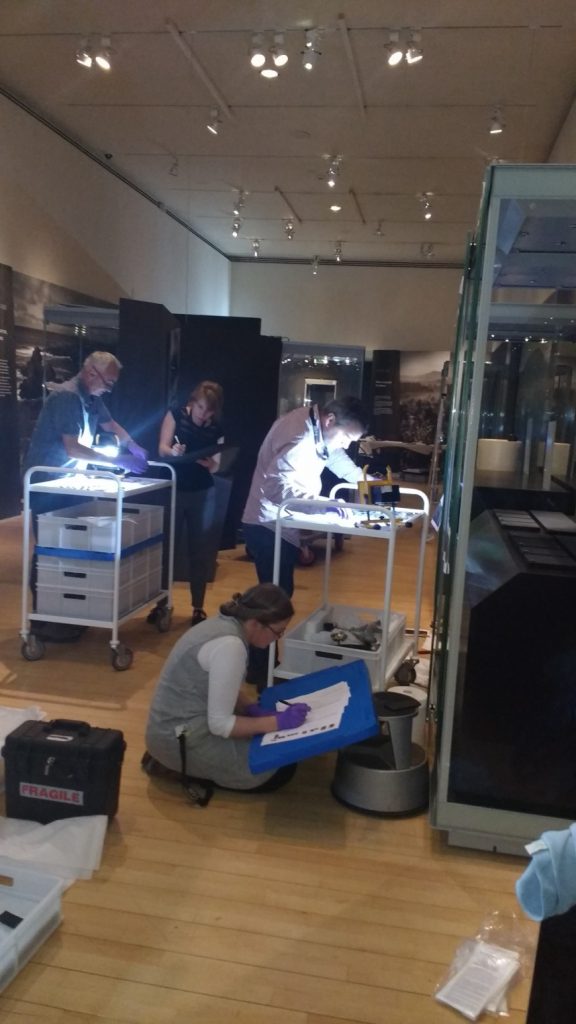
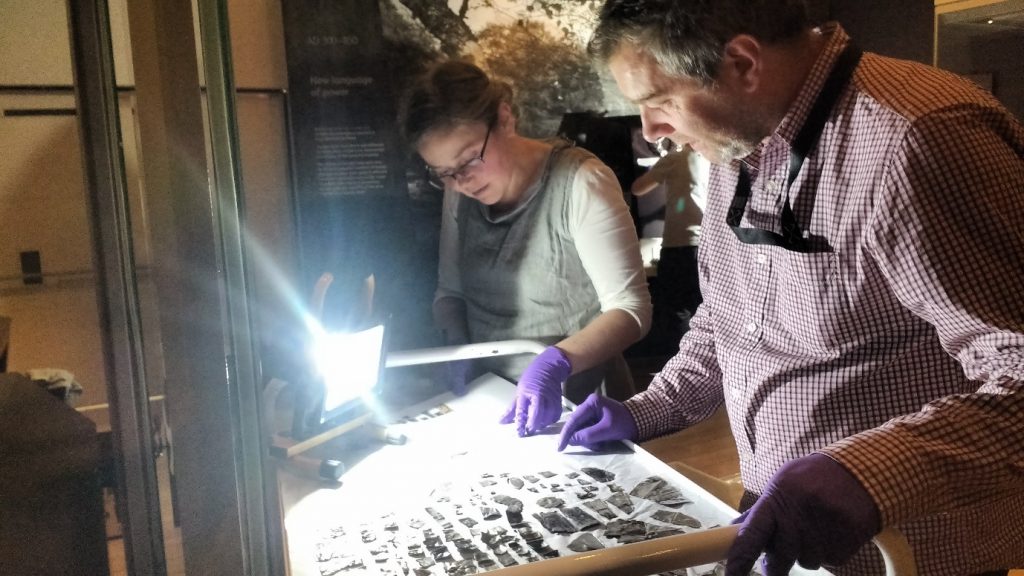
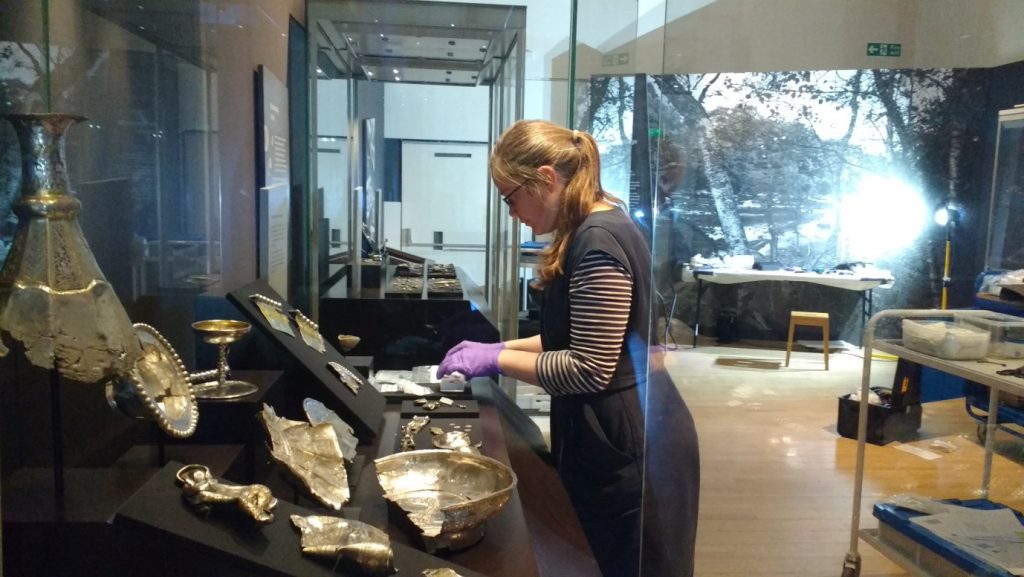
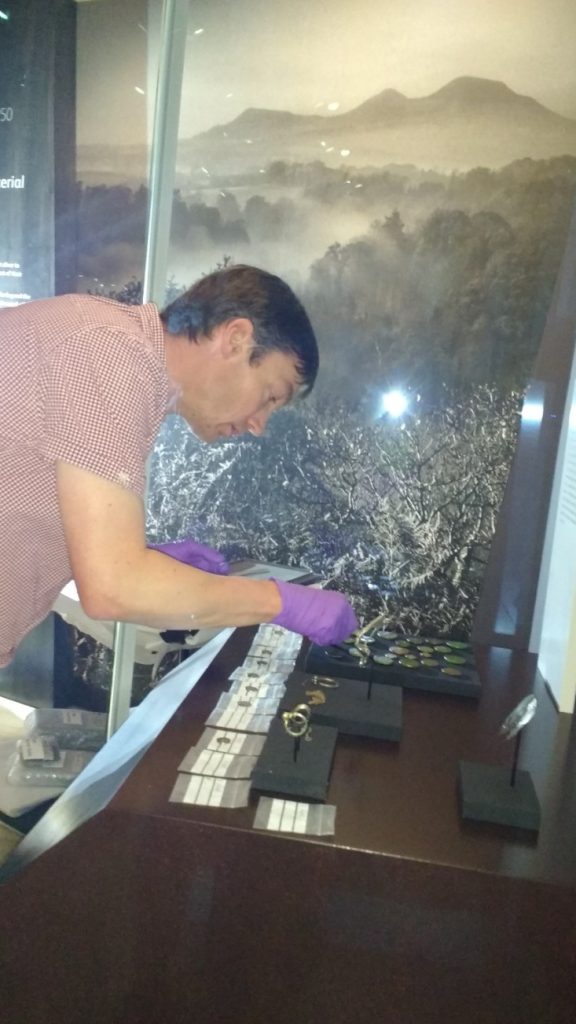
Preventive conservation
People are not always aware of how much work is involved in making sure that the objects are protected from external pollutants and changes in the environment from the very start of planning the exhibition and throughout.
Our preventive conservation team makes sure that all materials used in the construction of the display cases are checked and safe for the objects. All cases are also tested to make sure they are sealed and conditioned to the appropriate humidity and temperature levels.
The preventive conservator will be on watch during the whole time of the exhibition using special environmental monitors, which are placed inside the cases to make sure the objects are protected at all times.
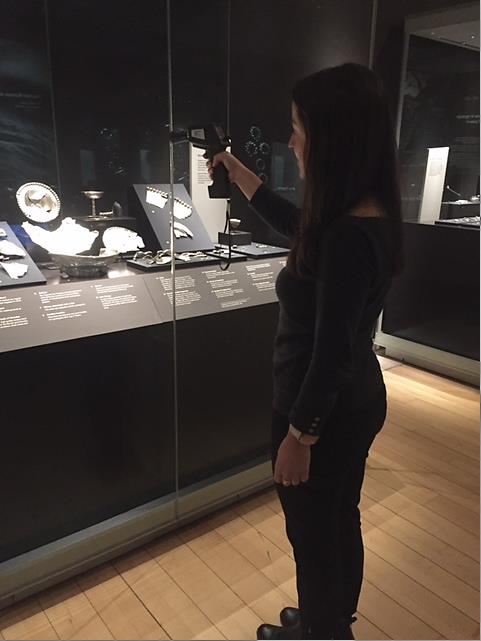
Photography
Another key element is photographing the objects in all their glory.
Thanks to the hard work of our professional photographers Neil McLean and Mary Freeman each object from the exhibition was photographed after the conservation work was completed. Each of their images is now available to view in our Search the collections.
You can also admire the joint work of our curators and photographers in the recently published book “Scotland’s Early Silver – Transforming Roman Pay-offs to Pictish Treasures” which is available now to buy online.

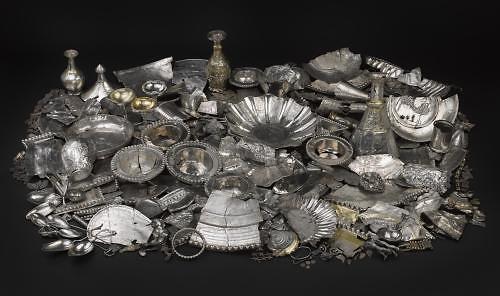
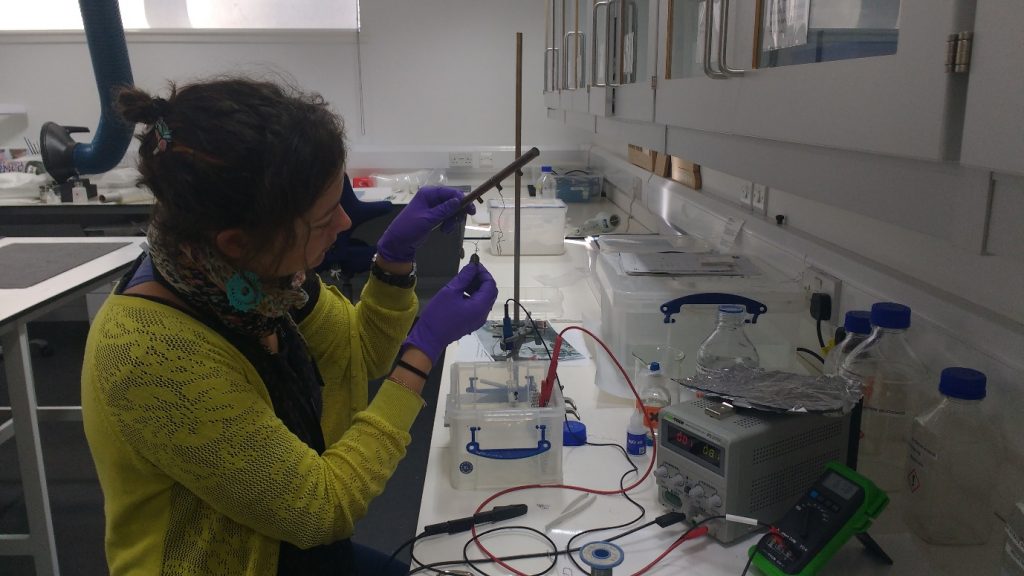
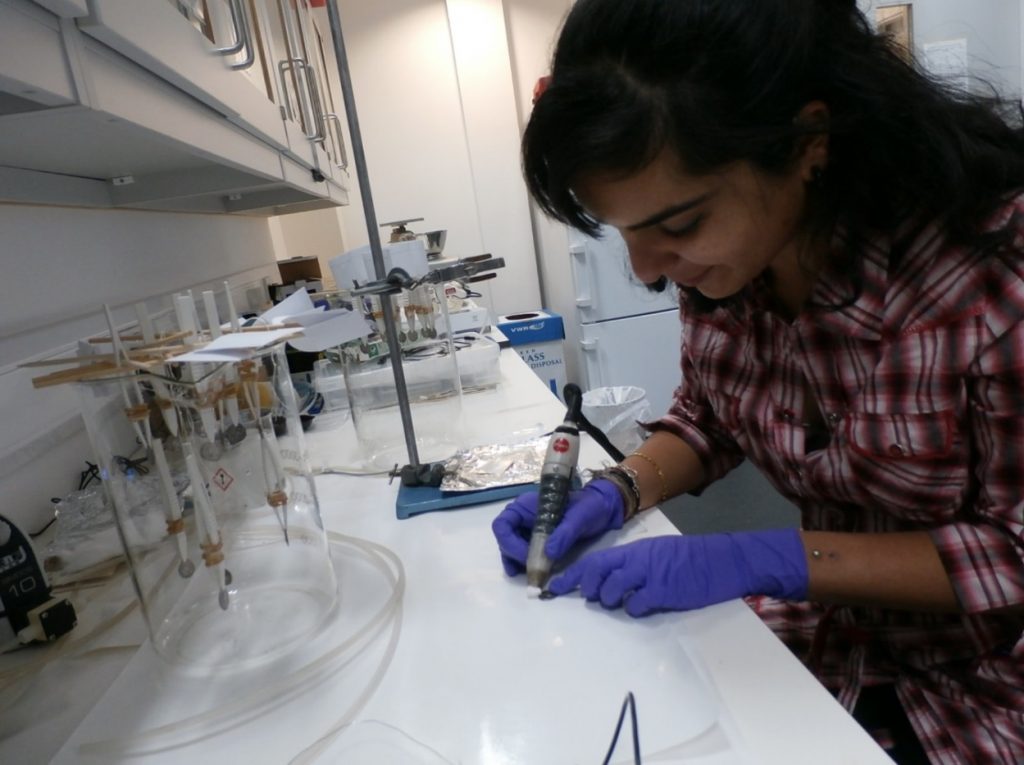
Some colleagues would agree that coins conservation can be quite a transcendent experience…
We’re still working on silver artefacts so watch this space for more stories in the coming months!
Acknowledgements
Special thanks to all the teams who made the conservation work for the Scotland’s Early Silver exhibition so enjoyable!
Curatorial department
Alice Blackwell – Glenmorangie Research Fellow, Scottish History & Archaeology
Fraser Hunter – Principal Curator, Prehistory & Roman Archaeology
Jim Wilson – Assistant Curator, Prehistory & Roman Archaeology
Craig Angus – Assistant Curator, Medieval Archaeology & History
Exhibitions
Hannah Boddy – Lead Exhibition Officer
Collections care: Conservation
Jane Clark – Head of Artefact Conservation
Charles Stable – Artefact Conservator
Diana de Bellaigue – Artefact Conservator
Lydia Messerschmidt – Assistant Artefact Conservator
Julia Tauber – Assistant Conservator Science & Technology
Tatiana Marasco – Preventative Conservator
Amreet Kular – Artefact Conservation Intern
Collections care: Science
Lore Troalen – Analytical Scientist
Photography
Neil McLean – Lead Photographer, Collections Information
Mary Freeman – Photographer, Collections Information
Design
Esther Titley – Designer
Kimberly Baxter – Designer
External contractors
Alan R Braby – Archaeological Illustrator @brabyshep
Richard West – Mount maker @lightlywest

The Glenmorangie Research Project aims to extend our understanding of Scotland’s Early Medieval past and was established in 2008 following a partnership between National Museums Scotland and The Glenmorangie Company. The current phase of research, Scotland’s Earliest Silver: power, prestige and politics will look at the biography of this precious metal as it was used and reused in Early Medieval Scotland.
Scotland’s Early Silver exhibition is on at the National Museum of Scotland until 25 February 2018 and follows three years of research supported by The Glenmorangie Company.
